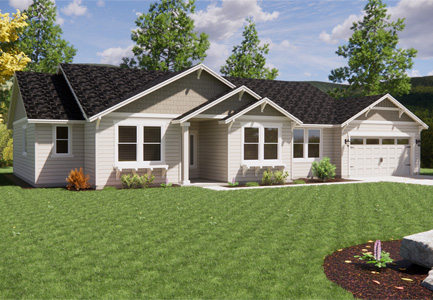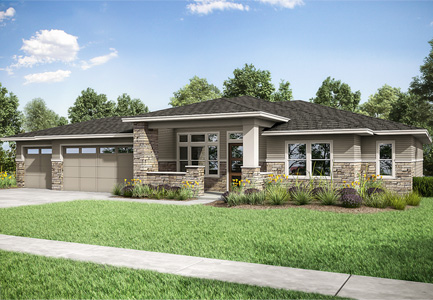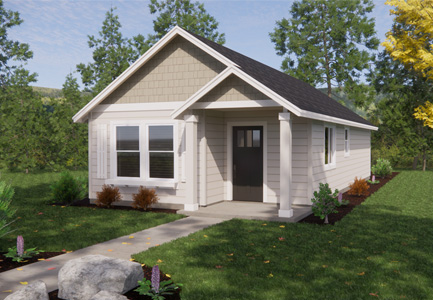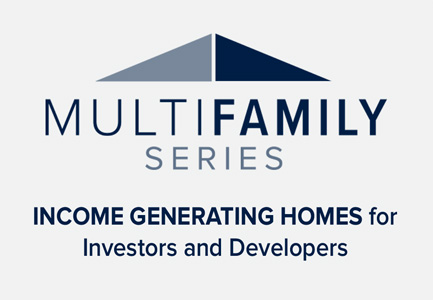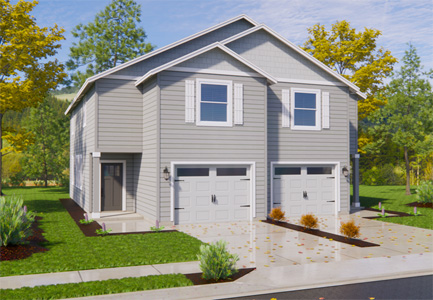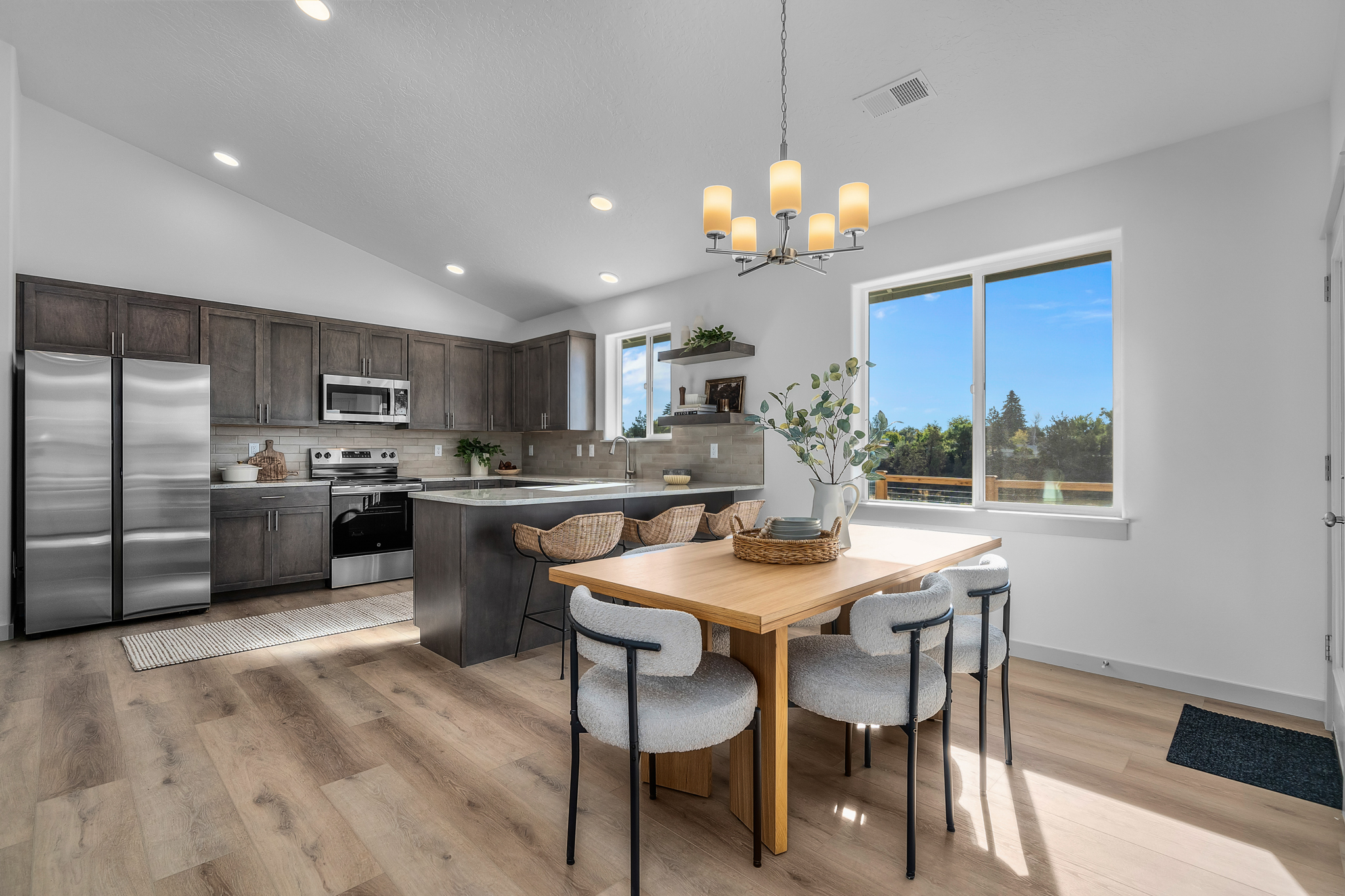
Keeping your home safe is a top priority for any homeowner. While it may feel like a safe space, many common accidents happen at home, such as falls, fires, and exposure to harmful substances. According to the CDC, unintentional injuries in homes lead to millions of hospital visits each year. The good news is that most of these accidents can be prevented with a few simple steps.
This guide covers the most common household hazards and offers practical tips to help you keep your home safe.
Preventing Falls
Falls are a common cause of non-fatal injuries at home, especially for children and seniors. Taking a few simple steps can help reduce this risk.
How to Prevent Falls
- Secure Staircases: Install sturdy railings on both sides of staircases and make sure they have good lighting. This also applies to elevated spaces like attics or basements.
- Keep Floors Clear: Remove tripping hazards like loose rugs, toys, or electrical cords from walkways. Use rug tape to secure rugs that might slip.
- Use Non-Slip Mats in Bathrooms: Bathrooms can be slippery. Place non-slip mats near sinks, tubs, and showers, and consider adding grab bars for extra support.
- Childproof Staircases: Use safety gates at the top and bottom of stairs to prevent toddlers and infants from falling.
These simple measures can make your home safer for everyone, from active kids to older adults navigating everyday spaces.
Fire Safety
Fires are among the most devastating household hazards, but many are preventable with the right precautions.
How to Reduce Fire Hazards at Home
- Install Smoke Alarms: Place smoke detectors on every level of your home and outside sleeping areas. Test batteries monthly and replace them annually.
- Monitor Candles and Open Flames: Never leave candles unattended or place them near flammable objects like curtains or blankets. Better yet, swap real candles for flameless, battery-operated alternatives.
- Unplug Appliances When Not in Use: Kitchen appliances, space heaters, and even phone chargers can overheat and spark a fire if they’re faulty or left plugged in unnecessarily.
- Keep a Fire Extinguisher Handy: Make sure you have at least one fire extinguisher in a central location, like your kitchen. Check it annually to ensure it’s in working condition.
- Store Flammable Objects Safely: Position space heaters well away from furniture, curtains, or anything that could catch fire. Always turn them off when you leave the room.
While you can’t prevent every risk, establishing these habits can drastically reduce the chances of a house fire.
Poisoning Prevention
Poisoning from household products, medications, or carbon monoxide is a serious risk in any home.
How to Prevent Accidental Poisoning
- Store products safely: Keep cleaners, medications, and chemicals locked up and out of reach of kids and pets.
- Keep original containers: Don’t transfer toxic substances into other bottles or containers that could be mistaken for something safe.
- Install carbon monoxide detectors: Place CO detectors near bedrooms and fuel-burning appliances to catch this invisible, odorless gas.
- Dispose of medications correctly: Follow FDA rules to safely get rid of unused medicines and avoid accidental ingestion.
- Watch out for toxic plants: Learn which indoor and garden plants are dangerous to people and pets, and keep them out of reach.
- Be cautious with small batteries: Secure battery compartments on devices and keep spare coin or button batteries away from kids to prevent serious harm if swallowed.
Simple actions, like securing cabinets and labeling dangerous items, can go a long way in preventing poisoning at home.
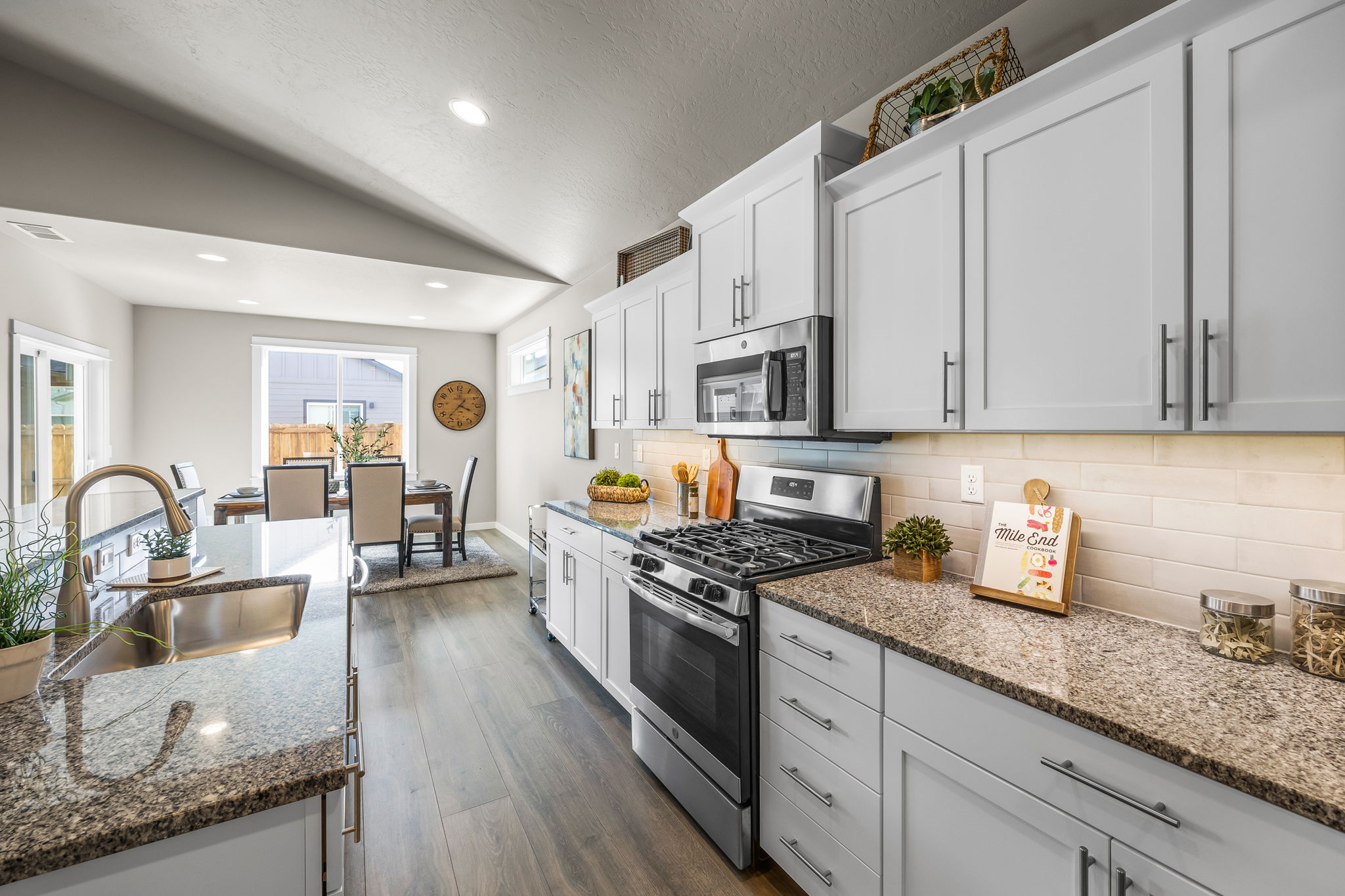
Carbon Monoxide Safety
Carbon monoxide (CO) poisoning is a serious, silent risk. This colorless, odorless gas can build up in homes with poorly ventilated fuel-burning appliances.
How to Protect Your Home
- Install Carbon Monoxide Detectors: Place CO detectors on every level of your home, especially near bedrooms. Replace batteries annually and the detectors every 5–7 years.
- Maintain Fuel-Burning Appliances: Get your furnace, water heater, stove, and chimney inspected each year. Make sure all areas where fuel is burned are properly ventilated.
- Don’t Run Cars in Enclosed Spaces: Never leave your car idling in a closed garage, as this can quickly fill the space with dangerous CO levels.
By taking these precautions, you can protect your family from carbon monoxide poisoning—a preventable household hazard.
Other Potential Hazards
While falls, fires, and poisoning are common concerns, other risks shouldn’t be overlooked. Here’s how to safeguard against less obvious threats:
Drowning Prevention
- Cover and lock hot tubs and pools.
- Keep toilet lids closed and buckets empty to prevent accidental drownings.
- Always supervise young children during bath time.
Suffocation and Choking Hazards
- Inspect toys for small, detachable parts that children under three could choke on.
- Cut food for small children into small, manageable pieces.
- Securely store plastic bags and don’t leave them where children might play with them.
Mold and Air Quality Risks
- Use dehumidifiers in damp areas to prevent mold growth.
- Fix leaks promptly and ensure proper ventilation in bathrooms and kitchens.
- Test for radon, a harmful gas that can seep into your home through cracks in the foundation.
Toxic Materials
- Check older homes for lead-based paint and opt for professional removal if needed.
- Address asbestos in older buildings by consulting certified professionals.
Pests and Hazardous Chemicals
- Store pesticides and fertilizers securely.
- Keep food sealed to avoid attracting rodents or insects.
Home Safety Starts with Awareness and Action
A safe home lets you live without unnecessary risks. By addressing common hazards, you can keep everyone in your household safe. Simple steps like installing fire alarms and securing heavy furniture can make a big difference.
Ready to get started? Begin with a room-by-room safety check. For bigger tasks like lead removal or fire safety planning, consider reaching out to professionals. You can also explore local homeowners’ safety programs or trusted online resources for more help.
Prioritizing safety protects your loved ones and creates a home that’s comfortable and worry-free.
Build your dream home with Simplicity by Hayden Homes
Simplicity builds beautiful, affordable homes throughout the Northwest. We know that building a home on-your-land can seem overwhelming and complex, but we make it simple with our Turn-Key Solution and our transparent instant quote pricing means you’ll know exactly what you’ll pay without unpleasant surprises. Visit us at Simplicity-Homes.com to view our home plans and see how we can help build your dream home.

